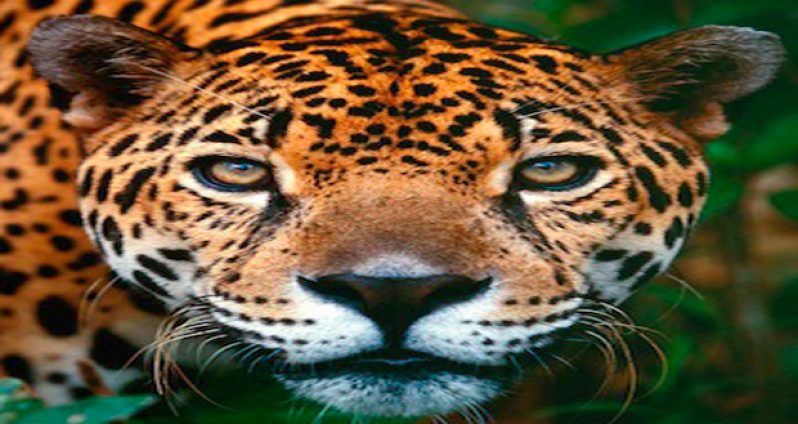– EPA urges communities, residents to take measures other than trapping
GIVEN recent reports of jaguars entering communities and pouncing on livestock for food, the Environmental Protection Agency (EPA) has said there are many preventative measures that can be taken to keep the animals at bay.The EPA received news, last February 19 and March 11, that two jaguars, a male and a female, were caught in traps; and the agency subsequently coordinated with the Wildlife Management Authority, Protected Areas Commission, the Transport and Harbours Department, Anna Regina Police Station and Guyana Livestock Development Authority for the safe transport and relocation of the jaguars from the community of Mainstay in Essequibo.
The jaguars were relocated to the Guyana Zoological Park, where they were allowed to adjust to their new surroundings for a few days before patrons were able to view them.
The EPA said it promptly responded to reports of the attacks by conducting investigative visits to the three affected communities, namely Lima Sands, Tapakuma and Whyaka/Mainstay, and engaging in detailed discussions with those who were affected.
“As such, the EPA started to conduct awareness sessions with the communities, encouraging them to keep livestock and cattle in enclosures to deter the jaguar(s) and thus preventing their animals from becoming easy prey.
“As a last recourse, traps were built by both community members and the EPA Team, and set at strategic locations in the communities where the jaguar(s) were known to frequent,” the EPA reported in a press statement.
The agency has noted that jaguars are both endangered species and are environmentally important. “The jaguar is the largest cat of the Americas, weighing up to 100kg (220 pounds). Their big bodies need a lot of food, and they prey on forest dwellers such as peccaries (bush hogs), deer, tapir (bush cow), turtles, armadillos to maintain their body mass.
“Being a predator at the top of the food chain, jaguars play an important role in maintaining a healthy environment. For example, simply by controlling the population of animals lower down the food chain.
“But why are jaguars coming into villages? The simple answer is (for) food. Jaguars are shy by nature. Fortunately, there are still a few thousand jaguars left in Guyana, but even people that walk the forests frequently do not see them because these predators tend to be elusive, hiding from sight and avoiding interaction.
“While the quest for food may be a reason for jaguars trespassing into human space, old age or injuries have been also known to cause these cats to encroach into villages. Also, when the animal can no longer hunt agile, alert wild prey, they will try to survive on the more sluggish and less vigilant domestic animals,” the EPA stated.



.jpg)








